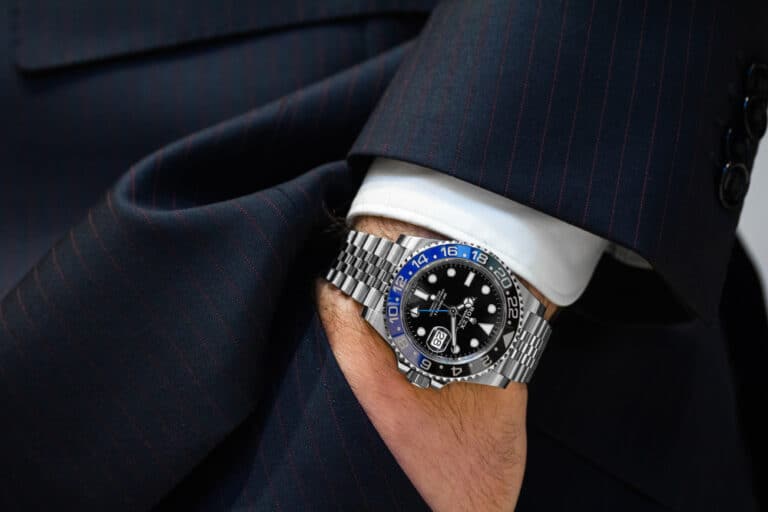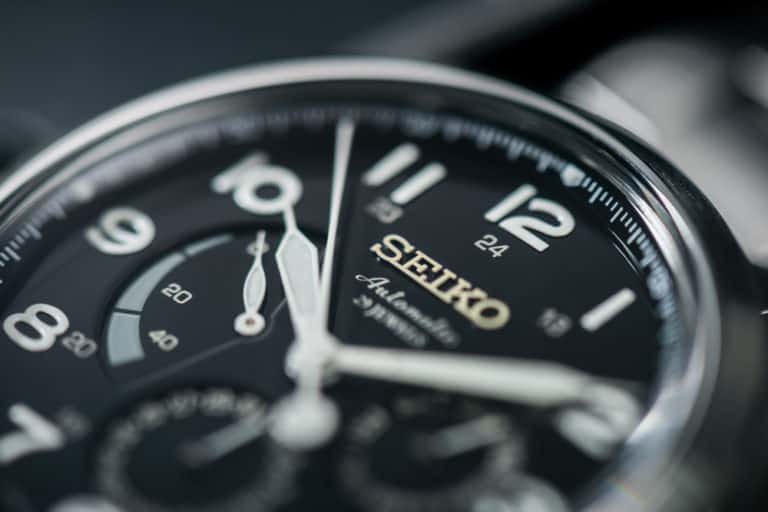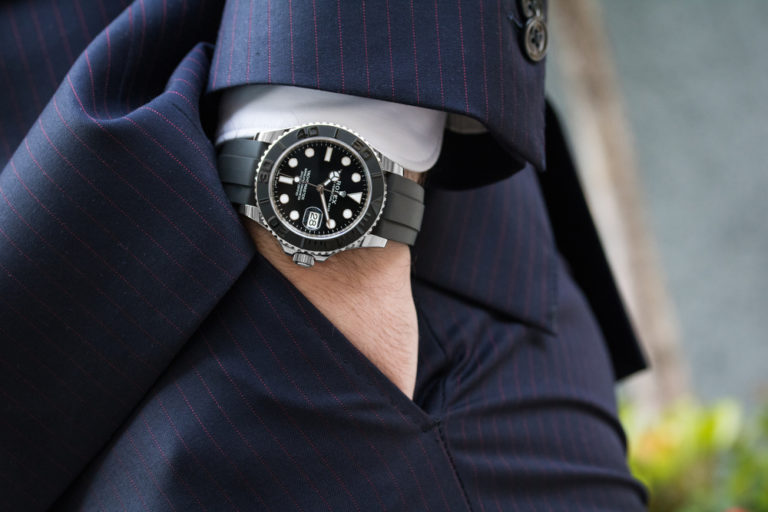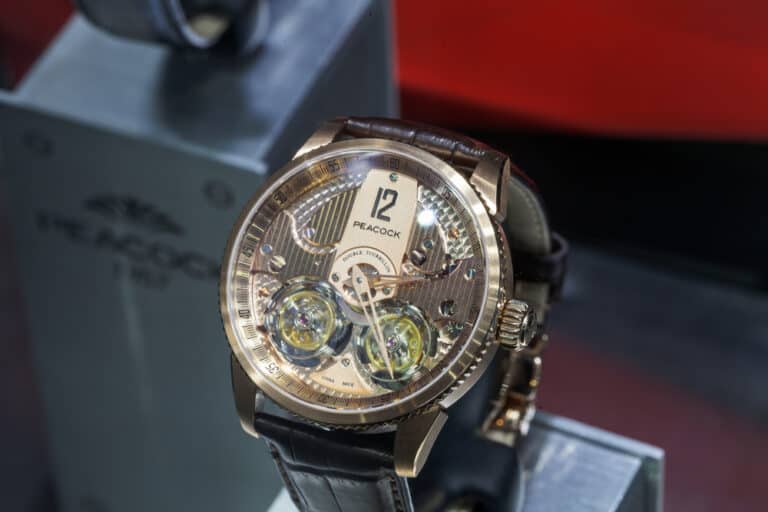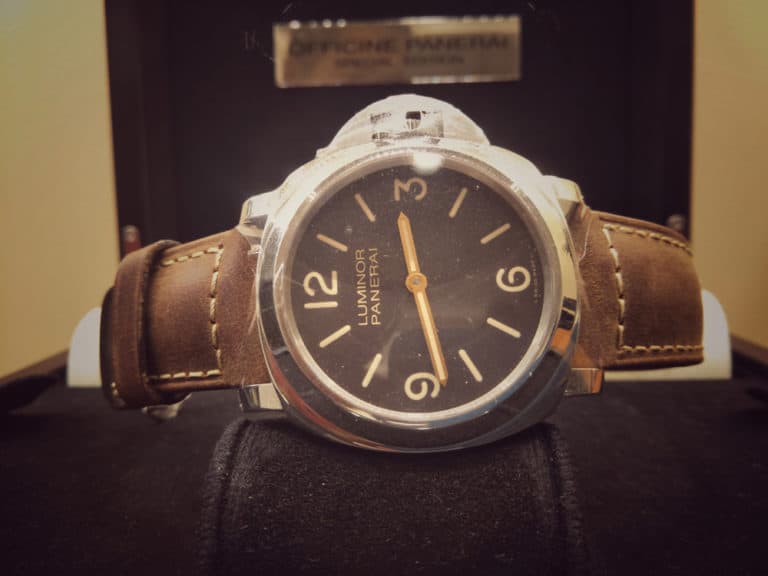Tudor had a closer relationship with Rolex when they started than they have now. These sibling companies inevitably compare themselves to one another. Therefore, there are few things that collectors and enthusiasts argue as passionately as the age-old controversy between Tudor and Rolex. For decades Rolex seemed to upstage Tudor in the eyes of the watch community.
Rolex used to make Tudor movements but not anymore. Additionally, the same factories manufactured both Rolex and Tudor. Some Rolex parts, like the cases and bands, were also used in Tudor watches. However, recently Tudor has expanded and now manufactures its parts.
Rolex and Tudor have many similarities because they share a founder and belong to the same foundation. However, there are considerable differences. This article goes in-depth about their manufacturing processes and their fascinating histories.
Rolex Manufactured Parts Of Tudor Watches
Tudor already had finished movements, but they housed them in Rolex cases and bands. Therefore, providing the customers with the trustworthiness of a Rolex but at a lower cost. Due to this, vintage Tudor watches occasionally have Rolex crown logos and writing, such as on the case back. On the other hand, Tudor has recently migrated to their facilities and begun manufacturing cases and bands.
Tudor watches use the same case material and design, as well as comparable straps and dials. Tudor watches also feature the same case, crystal, bracelet, and crown as Rolex watches, making them a favorite among athletes and members of the armed services. However, you will notice more differences when holding a Tudor next to a Rolex.
Unlike Rolex, Tudor movements are manufactured mainly by third-party vendors such as ETA. In addition, Tudor has produced more in-house calibers and experimented with new materials such as titanium for their durable Tudor Pelagos line over the years. However, the movements are built mainly for Tudor by the Rolex company. So you’re getting a Rolex-quality mechanism, but a bit less basic version.
Manufacturing Process Of Tudor Watches
While Tudor did not manufacture every component of their timepieces, they are now all constructed in-house at their factory. As a result, the production of Tudor begins with a technician using a machine to calibrate the correct pressure to affix the dial onto the movement. Along the way, inspections on the dial and all the other parts ensure quality control.
For example, if there were a problem with a specific dial, the technician would send it back to those who forwarded it to him. Before attaching the hands to timepieces with a date function, a machine is used to determine the precise midnight position. Once the date jump noise stops, the mechanism gently rotates back to the accurate midnight position. The hands are then placed in the midnight position by a different mechanism.
Tudor ensures that the hands are fitted as accurately as possible. A technician then performs a manual check called “control the mark,” which requires turning the crown to bring both hands to the twelve o’clock position. If they both point straight at the 12, the hands are moved to the six o’clock position. On the other hand, if they form a perfectly straight line, the watch passes the test.
The movements are inserted into the casing and fastened with screws around the outside. The worker casing up the watch must be cautious to check for any dust during the process because they will also be held liable for securing the case. The hand alignment is examined once the watches are finished to ensure the hands still align with the cardinal hours.
Making Tudor Watches Waterproof
To ensure the watches are water resistant after being cased up, they begin with lowering up to 100 watches into a sealed water bath that is then heated at high pressure while removing the straps. The watch trays are then taken out and arranged on heated trays, warming the watch heads and any air or water inside them.
The sapphire crystal of each watch is then carefully sprayed with large drops of ice-cold water. If the glass stays clear, this indicates that no water entered the watch throughout the test; however, if it becomes cloudy, the ice water application on the crystal’s exterior caused vapor to condense on the crystal’s inside. Only watches that pass this examination proceed to the next stage, where bracelets and straps are affixed.
Tudor watchmakers use equipment that speeds up the process without harming the case or bracelet from accidental scratches. For example, before placing the watch in thin plastic shipping containers, each side of the bracelet is attached to the watch head, and blue adhesive protection is applied to places prone to scratching.
Manufacturing Process Of Rolex Watches
One of the biggest misunderstandings is that Rolex uses big machines to build their watches, but all of Rolex’s movements are hand assembled and tested. Instead, a device assists with tasks like delivering the proper pressure while inserting pins, aligning components, and pressing down hands.
Rolex has several internal R&D labs. These are not just for research and development for new models but also to research more effective and efficient ways to manufacture their watches. For instance, one lab develops and studies the oils and lubricants used in machinery during production. In contrast, another lab examines the characteristics of various metals and materials used in manufacturing.
Although a few vendors provide them with steel, all the gold and platinum are produced on-site. The metals are melted and mixed in sizable kilns with high flames before forming into cases and bracelets. As a result, Rolex can rigorously assure quality and the best-looking components since they closely regulate the manufacture and machining of their gold.
It is no surprise that Rolex is keen on keeping its materials’ security on a tight leash. Employees that work there are often required to scan their fingerprints for access to certain areas of the building. In addition, each watch is photographed and cataloged at different manufacturing stages. It takes accessing a bank vault door and making it past an iris scanner to get to the Rolex safe.
Despite producing roughly a million watches annually, Rolex never skimps on quality control. Instead, the entire business is centered around creating the most extraordinary timepieces and always looking for ways to improve them. As a result, Rolex watches are more about evolution than revolution if you look at them throughout time.

History Of Tudor
Hans Wilsdorf, the creator of Rolex, authorized the Swiss watchmaker Veuve de Philippe Hüther to register the Tudor trademark in 1926. The brand remains a sister company to Rolex. Over time Tudor has become famous for their tool watches for professional divers and the military.
With the development of its first diver’s watch, the Oyster Prince Submariner, in 1954, TUDOR started providing a fresh approach to timekeeping for the burgeoning industry of professional scuba divers. The company, a pioneer in diving watches, offered a high-performance, reasonably priced instrument that was both dependable and sturdy.
The Tudor diving watches continued to evolve rapidly. In 1959 the manufacturer added crown guards, two steel shoulders attached to the watch’s casing, and shielded it from shocks at the watch’s most vulnerable place. When the first of the now-famous “Square Crown Guards” watches became available, the French Navy immediately adopted it.
History Of Rolex
Hans Wilsdorf and his in-law Alfred Davis launched Rolex in London in 1902, and in La Chaux de Fonds, Switzerland, they established its first office. The same year Wilsdorf registered Rolex as a trademark. The first wristwatch to get an independently verified certificate of chronometric performance was a Rolex in 1910.
The first waterproof wristwatch was created and produced by Rolex in 1926, which represented another innovation. The famous Oyster line, still manufactured today, was inspired by this watch. After his wife passed away in 1944, Hans Wilsdorf established the Hans Wilsdorf foundation and left the foundation all his shares after his death. The trust still owns the Rolex corporation, which is not publicly traded.
What Do Tudor And Rolex Have In Common
- Quality – Although departing from Rolex’s vertically integrated strategy and conservatism, Tudor timepieces reflect its parent corporation’s values. Therefore, meaning they have a compassionate approach to its products and business. In addition, they both have an incredibly rigorous standard for quality.
- Well-known – Despite not being (relatively) as well recognized as Rolex globally, Tudor is nevertheless a highly regarded brand. Today’s most instantly identifiable watches include models like the Black Bay.
- Headquarters – Geneva, Switzerland
- Retail – Sold in more than 100 countries
- Owned – Hans Wilsdorf Foundation
Best Tudor Watch Models
The TUDOR BLACK BAY CHRONO PANDA possesses all the distinguishing qualities that have made the Black Bay so popular and has the appealing appearance of a white dial with black sub-registers or vice versa. The bezel has undergone the most significant change in comparison to the dial since it now consists of contrasting black anodized aluminum, which sharply improves the contrast and seemingly shrinks the size of the bezel.
The TUDOR BLACK BAY CERAMIC is perhaps the most significant Black Bay we have seen from a technical viewpoint. An entire matte-black ceramic case and the METAS master chronometer-certified movement transform the watch into much more than a simple diving watch with a classic aesthetic. Precision, water resistance, power reserve, magnetic resistance, and provenance are all covered by METAS.
The TUDOR PELAGOS FXD has caused quite a bit of a sensation when released. The Pelagos architecture was the foundation for this new mil-spec dive watch, created and constructed to meet genuine combat dives. For example, the watch has a backward diving scale on the bezel, and as combat divers rarely exceed 32 yards of depth, the water resistance decreased to 218 yards, and the case could be made smaller and less prone to cling to objects.
The Tudor Black Bay Fifty-Eight Bronze is a fully covered bronze surface, which no other manufacturer offers. Compared to traditional bronze, this features a special alloy that should patinate much more slowly and steadily. In addition, the micro-adjustment clasp on the band is a significant technical advancement that distinguishes this watch from previous BB58s (or BBs, for that matter).
Best Rolex Watch Models
The Rolex Oyster Perpetual 36 (2020) comes in 5 different colorful dials that represent something that is not always associated with the brand. They come in yellow, red, pink, green, and light blue and have become hugely sought after. These vibrant hues offer a crucial point of difference for anyone who feels Rolex’s more divisive assortment is a little contentious. Likewise, watches at 1,4 inches have a broad appeal.
The Rolex GMT-Master II ‘Pepsi’ was introduced in 1955 with the iconic red and white 24-hour scale and earned the nickname Pepsi. A GMT is the ultimate globetrotters watch, and the design has changed little in 60 years, so one can call it timeless.
The Rolex Sky-Dweller (2020) isthe most complicated watch in the Rolex collection. The watch has dual time and annual calendar functions. New in 2020 is the Oysterflex bracelet, where leather or Oyster was previously the only option. The super comfortable bracelet design comprises titanium and nickel alloy encased in black rubber. This stunning piece of Everose or 18k yellow gold is to drool over.
The Rolex Air-King M116900-0001 has a dial that divides the markers between hours and minutes. Although the founder of Rolex created the Air-King to honor RAF pilots in the battle of Britain, it was also the last Air model. Air lion, Air tiger, and Air giant appeared in the thirties and forties. This specific model was introduced and redesigned in 2016, featuring a larger 40mm size and an anti-magnetic case.
Conclusion
The same foundation is the owner of both Rolex and Tudor. Therefore, they continue to collaborate and work in various capacities. For example, they used the same parts and worked in the same factories, making it easier for both brands’ production. Rolex is a bit more pricey than Tudor, but Tudor is more of an explorer’s watch than Rolex, a rich man’s watch.

